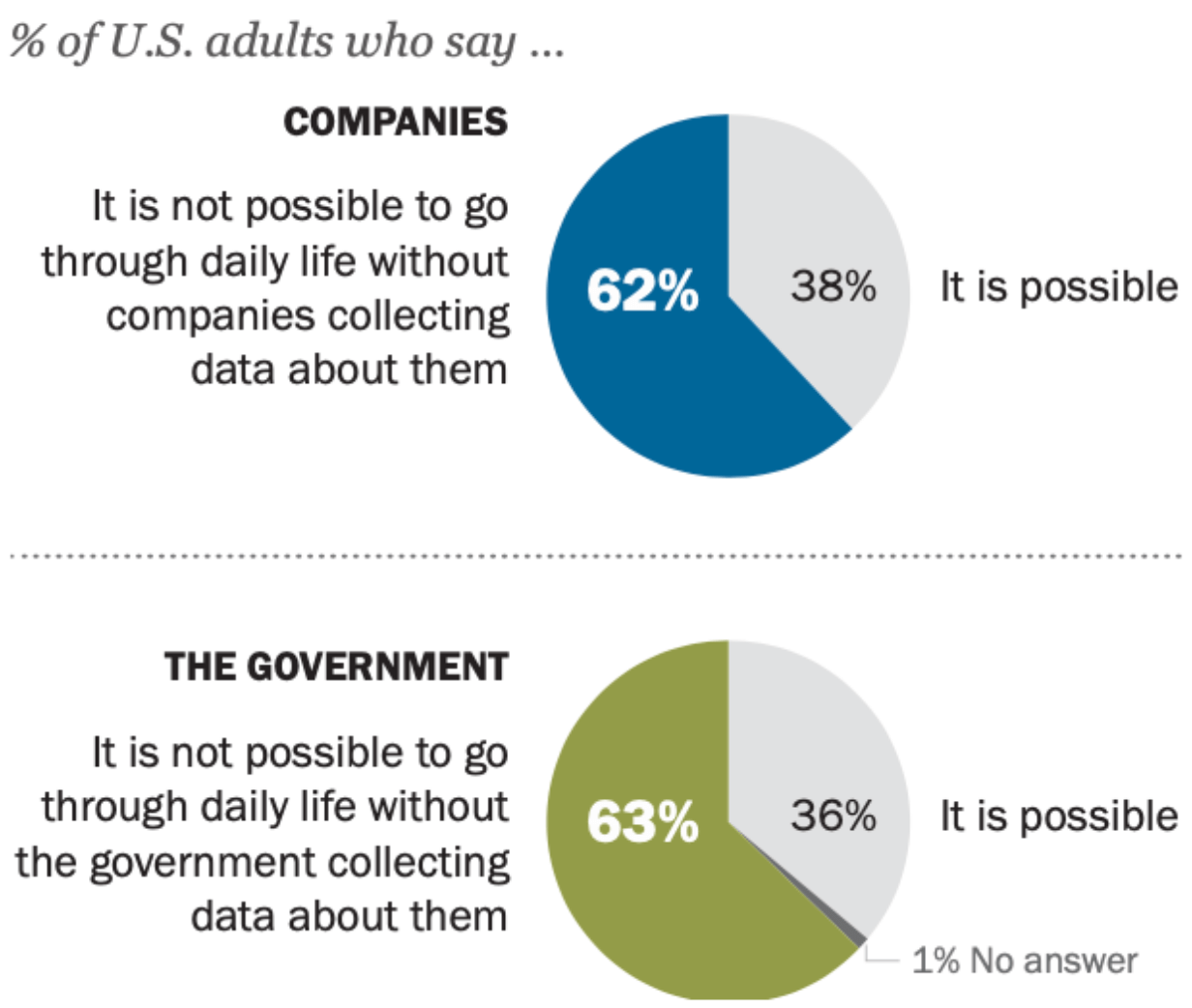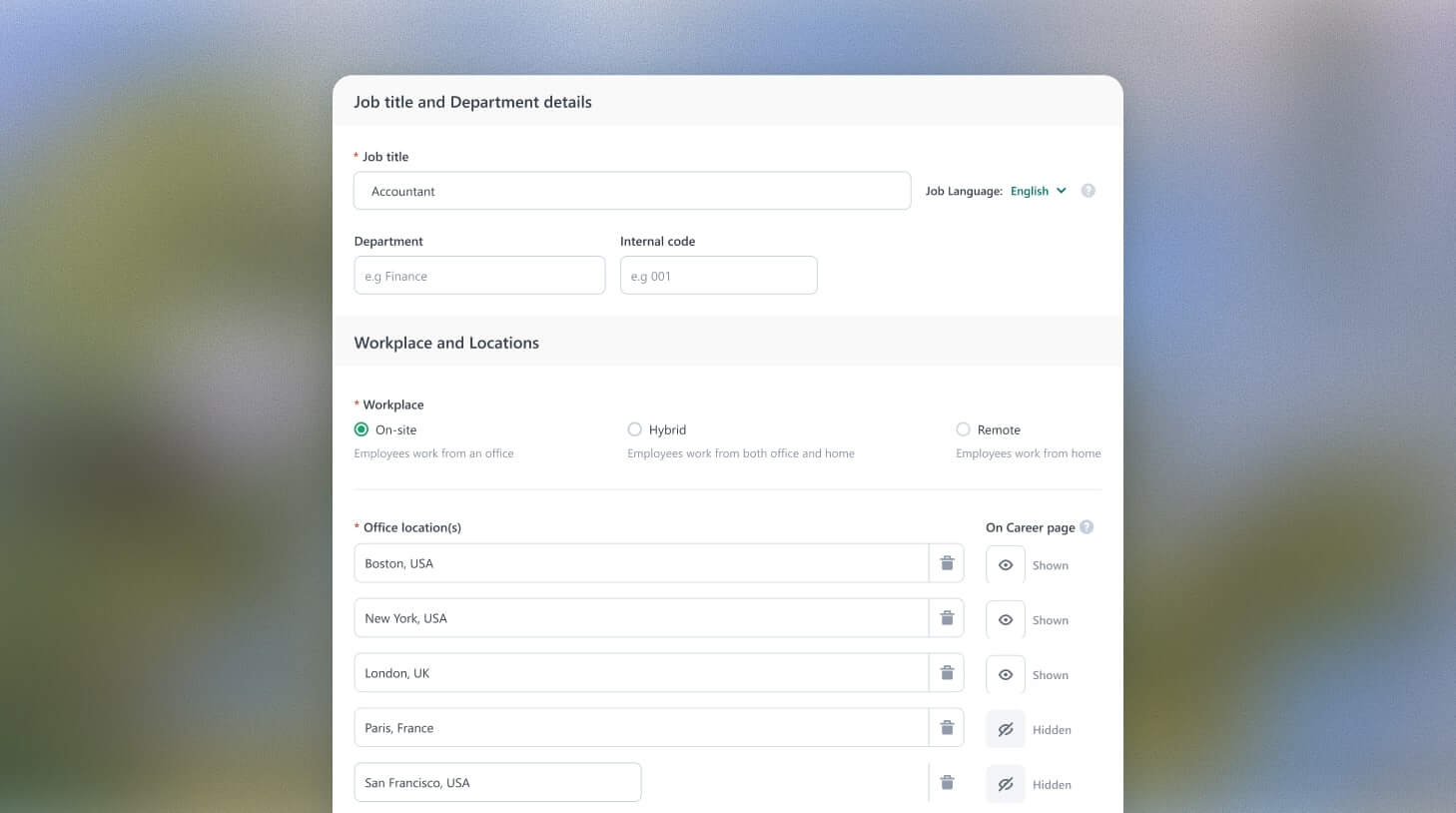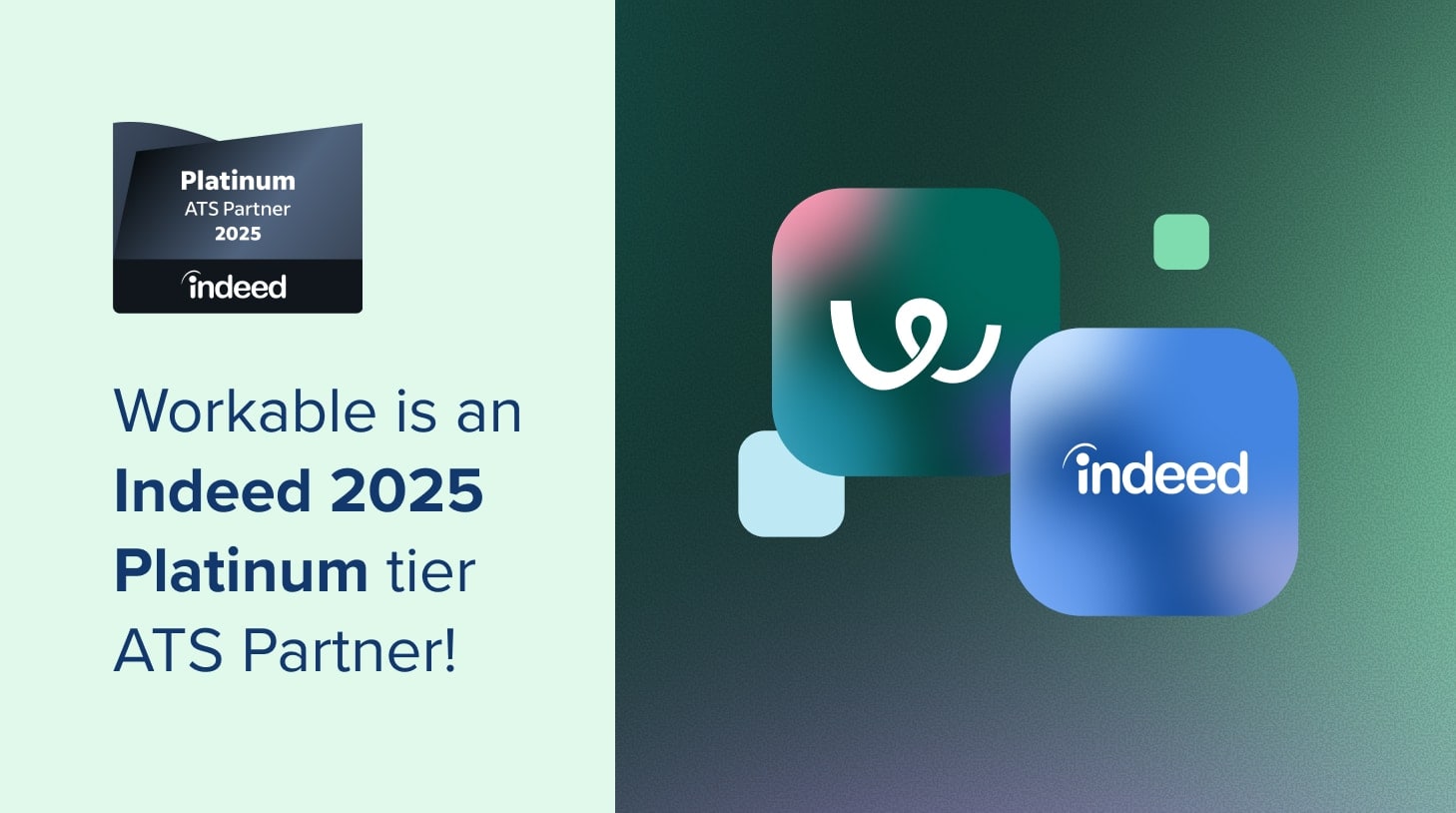5 mistakes to avoid when using technology in recruitment
Discover key insights for leveraging technology in recruitment without compromising human touch. Learn to balance AI capabilities with essential interpersonal skills, ensuring data privacy, adapting to tech advancements, and fostering diversity and inclusion.

Product update – People Search / AI Recruiter is now called Search with AI. Learn more about it here.
Why do we call them mistakes when technology is a boon? After all, technology has only minimized the repetitive manual tasks for recruiters!
Although the picture seems brighter, technology can sometimes become painful when you use it incorrectly.
There are five pressing mistakes you need to avoid when using technology when hiring a new employee.
What are they? Let’s look:
Contents
1. Relying too heavily on AI
Lately, advanced AI tools have been making waves in the recruitment world. Imagine AI matching candidates with job opportunities based on their skills and experience. Who wouldn’t want that when AI can take over such heavy-lifting tasks?
For example, recruiters can use ChatGPT in their recruitment process. Here are a few ways you can do so, from a real recruiter’s tips published on LinkedIn:
- Draft interviewer training guides by expanding on your ideas and rewriting sentences in an understandable way
- Generate hiring ads by taking prompts for the exact job role the recruiter wants to hire for
But, this temptation to rely heavily on AI has notable drawbacks:
- It lacks the empathy and understanding that human recruiters bring to hiring processes.
- It relies on historical data, which can increase biases.
- It minimizes the innovative approaches to finding and attracting talent.
- It cannot offer a personalized experience to candidates
- It might reject unconventional candidates who don’t fit the predefined criteria.
In a new paper, Mona Sloane, a senior research scientist at NYU Center for Responsible AI, found that AI systems built to measure personality were not reliable testing instruments.
Although AI has been revolutionizing the recruitment world, the major problem with using AI is that companies don’t want to reveal the tools they’re using and vendors don’t want to reveal the things inside that tool, i.e., what kind of technology the software has, Sloane writes.
This eventually results in making biased hiring decisions, which impacts the overall hiring process.
2. Neglecting human interaction
Hiring is not just about filling positions. It’s also about understanding candidates’ aspirations, dreams, and nuances. It’s also about whether the candidate fits the company’s culture or not. Unfortunately, technology cannot assess any of this.
This is why it’s crucial to maintain the human touch in recruitment.
With human interactions:
- Companies can foster a personal connection between candidates and the organization. This lets the candidates gauge the company’s culture and values
- You can analyze the candidate’s character when you meet them personally. This will help you understand whether the candidate is a right for the organization, or not
- You can analyze human intelligence elements like empathy, and compassion for work in the candidates. Human recruiters connect with the candidates on an emotional level, which AI cannot
- You can assess a candidate’s interpersonal skills, culture fit, and overall potential
Here’s the thing: the hiring process seems like a never-ending game. But for candidates, the biggest turn-off is interacting with chatbots when they want to be seen and heard by the recruiters.
The solution? Prompt and personalized communication.
Sometimes, incorporating technology into the hiring process leads to an impersonal experience.
Sure, it reduces delays and streamlines the hiring process. But, it can unintentionally create impersonal interactions:
- Applicant Tracking Systems (ATS): They pre-screen resumes through semantic search. But, they can sometimes ignore nuanced qualifications or achievements. This leads to impersonal candidate assessments. Not all ATSes are built the same, however – learn how Workable ensures a positive candidate experience even with the use of technology.
- Chatbots: They are used for initial candidate interactions. But, they can provide scripted responses, lacking the human touch and genuine engagement.
- Virtual interviews and online assessments: They lack the personal connection and face-to-face meetings. This affects the interviewer’s ability to evaluate the candidate’s personality and cultural fit.
Although automation and technology can impact the hiring process negatively, here are a few examples of how a few tech companies have successfully combined automation with personalized interactions:
- Stanford Healthcare’s chatbot provides relevant job matches to candidates, communicates through the CRM, and answers and forwards the questions the candidate has asked the recruiter.
- HackerEarth’s FaceCode lets developers write the code in real time. This lets the hiring managers review the code and provide personalized feedback to the candidate in real time.
3. Lack of data privacy and security
Neither the candidates nor the recruiters want the collected candidate information and other confidential information to be leaked. That’s why you need to know the different risks associated with data privacy. Why? Once you know these risks, you can find ways to eliminate them.
- Data breach: Candidates can lose money due to data breach. Or, it can also cause personal distress to them if their personal or sensitive information is shared on social media.
- Phishing attacks: They may even ask for sensitive information like bank details and passwords. These phishing scams are present as job offers, requests for CVs, or fake job listings.
- Insider threats: Employees can misuse applicant data, such as data manipulation and identity theft. This can damage the candidate’s reputation.
So, how do you prevent candidates’ information and your company’s sensitive data? You need to comply with data protection and security regulations. Here’s how you can do it:
- Encrypt your emails: Add a note in your emails letting the candidates know that the information shared between both of you is safe and secure. For example, use Google’s Gmail platform, which provides inbuilt email encryption.
- Use an email client: Streamline your communication by selecting a reliable and secure email client for your business needs.
- Choose the right ATS and candidate feedback tool: Make sure to collect only relevant candidate information.
- Use regulatory frameworks as benchmarks: GDPR and ISO are some of the data security standards you must comply with.
Install and update security software: Use anti-virus and anti-malware software, and update the data regularly. - Train your staff: Educate your team on the steps to take when a data breach happens. Also, share with them the necessary solutions to protect the sensitive data.
- Secure your website: Use Secure Sockets Layer (SSL) technology. This way, you can encrypt the link between the applicant’s browser and your server.
Limit the access to candidate information: Provide access to team members involved in the hiring process. For example, the finance team and the receptionist.
4. Failing to adapt to changing technology
Have you ever thought about what would happen when you fail to adapt to the changing technology?
According to LinkedIn’s Future of Recruiting Report, 67% of talent acquisition leaders say AI makes it easy for them to source candidates. And, another 59% say that AI makes it easier for them to engage candidates.
But, if you fail to maximize the potential of AI it will affect your overall recruitment process. Here’s how:
You’ll lose the competitive edge
Your competitors are probably leveraging technology to attract and retain talent. But, if you are doing so, your organization might stay caught up in terms of innovation and productivity.
For example, ZALORA, a fashion e-commerce brand, was using traditional methods to hire employees. They would go through each developer profile manually. This way, they would get ten applications. For this, they would spend an hour interviewing them. This would lead to 20% of candidates being selected.
For Zalora’s team, this meant a waste of time. Naturally, they were lagging due to their manual recruiting process.
However, when the company leveraged recruitment software, it hired 35 developer candidates for different job openings in 2018. Their time-to-interview was reduced from 30 to 14 days. Naturally, Zalora’s hiring process accelerated after the implementation of recruitment software.
You’ll have limited access to talent
Imagine hiring employees manually without the use of technology. You wouldn’t be able to screen each candidate and identify whether they have the relevant skills, or not. Instead, you can screen only a few of them. In this process, you’re likely to miss out on other candidates who *actually* had the talent but you failed to screen them because of your manual efforts.
For example, Workable’s AI-powered feature, AI Recruiter, searches thousands of public online profiles in seconds to find candidates who match the skills and requirements listed in your job description. Additionally, integrating an email lookup tool into this process can significantly streamline communication.
Once potential candidates are identified, the email finder can quickly gather their contact information, allowing for swift and direct outreach. This not only saves time but also ensures that no talented candidate slips through the cracks due to missing contact details.
Naturally, it will help you access a wider pool of talent and build your talent pipeline, which you would have not been able to do otherwise.
Your recruitment processes will be inefficient
Without technology, businesses have to rely on manual data entry. This is time-consuming and usually prone to errors. When you integrate technology into your recruitment process such as, for example, learning management systems (LMS), it enables real-time collaboration. This allows recruitment teams to streamline their workflow.
For example, Hilton, a hotel chain, had a longer time-to-hire of 42 days with their traditional hiring practices. According to the Society of Human Resources, the average time to hire an employee is 36 days. This means Hilton was spending more than average time in hiring — making their hiring processes inefficient.
You’ll incur high recruitment costs
Screening paper resumes and conducting in-person interviews leads to a higher business cost compared to digital resumes and virtual interviews. This takes much more time in screening, resulting in increased time-to-hire. It is because of these traditional practices that organizations fail to succeed.
A recent Forbes article states that some organizations lost $1.3 million a year. Reason? Inefficient business processes and not leveraging technology.
You’ll offer a poor candidate experience
Candidates expect a streamlined, efficient process. Without technology, you may take more time to screen and interview the candidate. When candidates have to wait longer to know about their application status, they feel frustrated and disinterested. This is why only two in 10 candidates rate their candidate experience as excellent.
But you can change this scenario by staying updated with the changing recruitment trends. Here’s how:
- Attend online and offline events and conferences: Network with fellow recruiters and HR professionals. With interactive sessions, panel discussions, and networking opportunities, you’ll gain knowledge about the new changes and trends in the recruitment industry.
- Follow industry experts on social media: Follow thought leaders in HR and recruitment space on social media platforms. For example, LinkedIn and Twitter. These experts share valuable insights and best practices on their social media channels. Read their posts to gain knowledge about the latest industry trends.
- Network with other HR and recruitment professionals: Connect with HRs and recruiters on social media. Also, join Slack communities like #People, Peoplegeeks, HackingHR, HRtoHR, and so on.
Companies are now understanding the importance of technology. So, many tech-oriented recruitment companies are shifting their traditional work approach. They are opting for an automated hiring system. Here’s the proof:
- 53% of companies conduct competency-based interviews, and 40% use video interviews to get top talent.
- 68% of recruiting professionals say that the best way to improve recruiting performance over the next five years is by investing in new recruiting technology.
- 78% of employers that use an ATS said that recruitment technology makes finding great talent easier than ever.
Let’s delve more into this and understand how companies have been maximizing the use of technology.
Example #1:
Rootquotient, a product engineering company, was growing at a higher pace. They wanted to scale their volume of hiring. While resume-level filtering worked for them during smaller hiring volumes, it became difficult for them to do so when the demand increased.
They faced three challenges: a large pool of candidates, availability of questions on online channels, and time-consuming manual screening.
Solution: They used a recruiting tool called HackerEarth that provided them with a technical coding assessment platform. With the help of this platform, RootQuotient could set up a questionnaire with a library of coding questions that HackerEarth provides.
The recruitment would start with an MCQ test that filtered out 20% of candidates. These top 20% of candidates were then invited to the next interview round.
Result: The company hired 25 technical team members in a year and reduced its time to hire by half.
Example #2:
Redswitches, a tech company, struggled with hiring freelance writers for their company. Although the company used LinkedIn and job portals like Naukri to source writers, they used to get bombarded with candidates who were not the right fit. Plus, sifting through job applications manually was a tedious task for the recruiters.
Solution: They used Workello, a skill-testing platform that provided the company with tools to target the right audience and relevant candidates.
Result: The company hired 12 content writers in one month.
5. Ignoring diversity and inclusion
Although AI minimizes bias in hiring, it has been increasing biases in recruitment based on a few studies. Here’s the proof: a study by WEF found that certain widely used AI screening tools discounted resumes of women candidates by 8%.
Case in point: Amazon built a computer program to review job applicants’ resumes. This tool used artificial intelligence to give candidates scores ranging from one to five stars. But, it had a big flaw. It discriminated against women candidates. The tool couldn’t rate candidates for software developer jobs and other technical posts based on their gender. This led to an increase in bias in recruiting.
Such biases hamper the hiring process and credibility of your organization. So, if you want to create a balanced work culture in your organization, maximize diversity and inclusion in your hiring process.
To avoid biases creeping into the recruitment system, use the following strategies:
- Use gamified assessments. These assessments, based on neuroscience, provide accurate, unbiased, and predictive candidate data.
- Leverage a blind resume screening platform. These platforms remove identifiable characteristics such as name, age, gender, or level of education. This prevents different cognitive biases from allowing you to improve bias in the selection process.
- Use video assessment tools. These tools can analyze verbal and non-verbal cues. This helps predict a candidate’s emotional engagement, problem-solving style, and thought process.
- Use tools like Gender Bias Decoder. These tools can analyze gender-biased job descriptions. Recruiters can use such tools to evaluate their job descriptions for biases and fix the job description to make it gender-neutral.
Wrapping up
No doubt, AI is a boon for the recruitment industry. However, it’s better not to rely on artificial intelligence completely.
Like the miscellaneous advantages it brings to you, it also brings the technological nuances like:
Higher data security risks like breaches of candidate data like their email address, bank details, and so on.
Biases in the hiring process lead to evaluating the candidate based on gender parameters unless they are optimized for gender neutrality.
Eliminating human interactions and relying completely on automation can lead to an impersonal candidate experience.
It’s better to have a combination of both worlds: automation and the human element.
Antonio Gabric is an outreach manager at Hunter. He is passionate about testing different outreach tactics and sharing results with the community. When he is not connecting with industry leaders you can find him on his motorbike exploring off-the-beaten paths around the world.
Frequently asked questions
- How does over-reliance on AI affect recruitment?
- Overusing AI in recruitment can lead to a lack of empathy, increased biases, and overlook unconventional candidates, as AI lacks the nuanced understanding of human recruiters.
- Why is human interaction crucial in recruitment?
- Human interaction helps understand candidate aspirations, assess culture fit, and provide a personal touch that technology cannot replicate, enhancing the candidate experience.
- What are the risks of neglecting data privacy in recruitment?
- Ignoring data privacy can lead to breaches, phishing attacks, and insider threats, compromising candidate confidentiality and potentially damaging reputations.
- How does failing to adapt to changing technology impact recruitment?
- Not keeping up with technological advancements can result in lost competitive edges, limited access to talent, inefficient processes, higher costs, and poorer candidate experiences.
- Why is diversity and inclusion important in AI-driven recruitment?
- Ensuring diversity and inclusion in AI-driven recruitment processes minimizes biases and promotes a balanced work culture, crucial for organizational credibility and equitable hiring.







